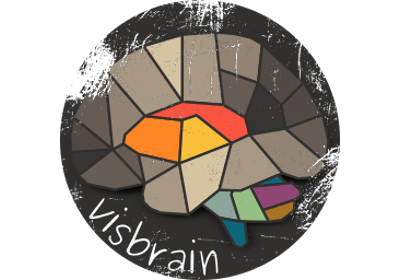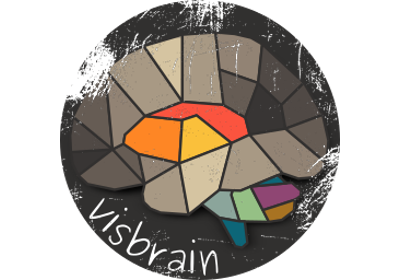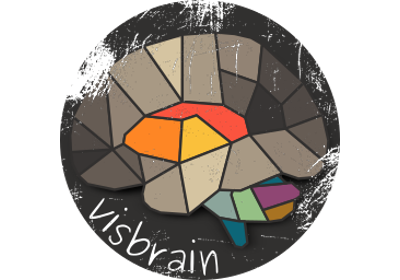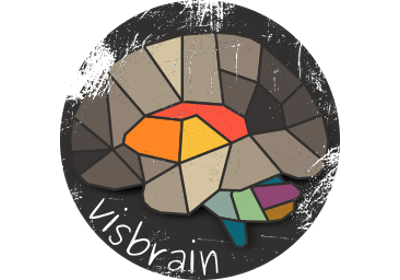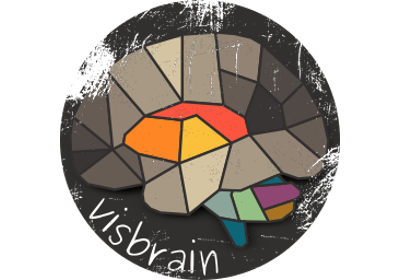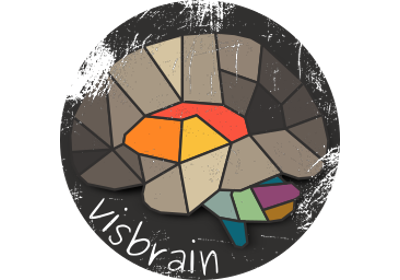visbrain.gui.Signal¶
- class visbrain.gui.Signal(data, axis=-1, time=None, sf=1.0, enable_grid=True, form='line', color='black', line_lw=1.0, line_smooth=False, marker_symbol='disc', marker_size=10.0, hist_nbins=10, tf_norm=0, tf_baseline=None, tf_interp='gaussian', tf_cmap='viridis', tf_av_window=None, tf_av_overlap=0.0, tf_clim=None, psd_nperseg=256, psd_noverlap=128, display_grid=True, display_signal=True, annotations=None, annot_txtsz=18.0, annot_marksz=16.0, annot_color='#2ecc71', grid_lw=1.0, grid_smooth=False, grid_titles=None, grid_font_size=10.0, grid_color='black', grid_shape=None, grid_titles_color='black', verbose=None, **kwargs)[source][source]¶
Signal inspection module (data mining).
The Signal module can be used to relatively large datasets of time-series. Two layout are provided :
Grid layout : visualize all of the signals into a grid.
Signal layout : visualize only one signal.
- Parameters:
- dataarray_like
Array of data of shape (N,),
- axisint | -1
Specify where is located the time axis in data. By default, the last axis is considered as the time axis (-1).
- timearray_like | None
Time vector to use. If None, the time vector is inferred using the axis input.
- sffloat | 1.
Sampling frequency.
- enable_gridbool | True
Enable or disable the grid. If False, the grid is not computed and not accessible from the GUI. The grid requires more memory RAM. It could be turn to False for very large datasets.
- form{‘line’, ‘marker’, ‘histogram’, ‘tf’, ‘psd’, ‘butterfly’}
Plotting type.
- colorarray_like/string/tuple | ‘black’
Color of the plot.
- line_lwfloat | 1.
Line width (form in [‘line’, ‘psd’, ‘butterfly’]).
- line_smoothbool | False
Specify if grid lines have to be smoothed. might be unstable on some platform.
- marker_symbolstring | ‘o’
Marker symbol.
- marker_sizefloat | 10.
Marker size.
- hist_nbinsint | 10
Number of bins for the histogram.
- tf_normint | 0
Time-frequency normalization. If tf_baseline is not defined, the mean and deviation are deduced using the entire trial. Use :
0 : No normalization
1 : Subtract the mean
2 : Divide by the mean
3 : Subtract then divide by the mean
4 : Z-score
- tf_baselinetuple | None
Baseline to used for the normalization. Must be a tuple of two integers (starting, ending) time index.
- tf_interpstring | ‘gaussian’
Time-frequency interpolation method.
- tf_cmapstring | ‘viridis’
Time-frequency colormap.
- tf_av_windowint | None
Length of the window to apply a time averaging.
- tf_av_overlapfloat | 0.
Overlap between successive time window. Default 0. means no overlap.
- tf_climtuple | None
Colorbar limits to use for the tim-frequency map.
- psd_npersegint | 256
Length of each segment (scipy.signal.welch).
- psd_noverlapint | 128
Number of points to overlap between segments (scipy.signal.welch).
- parentVisPy.parent | None
Parent of the mesh.
- titlestring | None
Title of the axis (signal layout).
- xlabelstring | None
Label for the x-axis (signal layout).
- ylabelstring | None
Label for the y-axis (signal layout).
- title_font_sizefloat | 15.
Size of the title (signal layout).
- axis_font_sizefloat | 12.
Size of x and y labels (signal layout).
- axis_colorarray_like/string/tuple | ‘black’
Label, title, axis and border color (signal layout).
- tick_font_sizefloat | 8.
Size of ticks for the x and y-axis (signal layout).
- grid_lwfloat | 1.
Grid line width.
- grid_titleslist | None
Titles do add to each plot in the grid. Sould be a list of length (n_rows * n_cols).
- grid_font_sizefloat | 10.
Font size of grid titles.
- grid_colorstring | ‘random’
Grid plot color. Use ‘random’ to have one random color per plot or use a string (e.g. ‘gray’) for a uniform color.
- grid_titles_colorarray_like/string/tuple | ‘black’
Grid titles color.
- bgcolorarray_like/tuple/string | ‘black’
Background color.
- display_gridbool | True
Display the grid layout.
- display_signalbool | True
Display the signal layout.
- annotationsstr | None
Path to an annotation file.
- smooth_linesbool | True
Specify if grid lines have to be smoothed. might be unstable on some platform.
